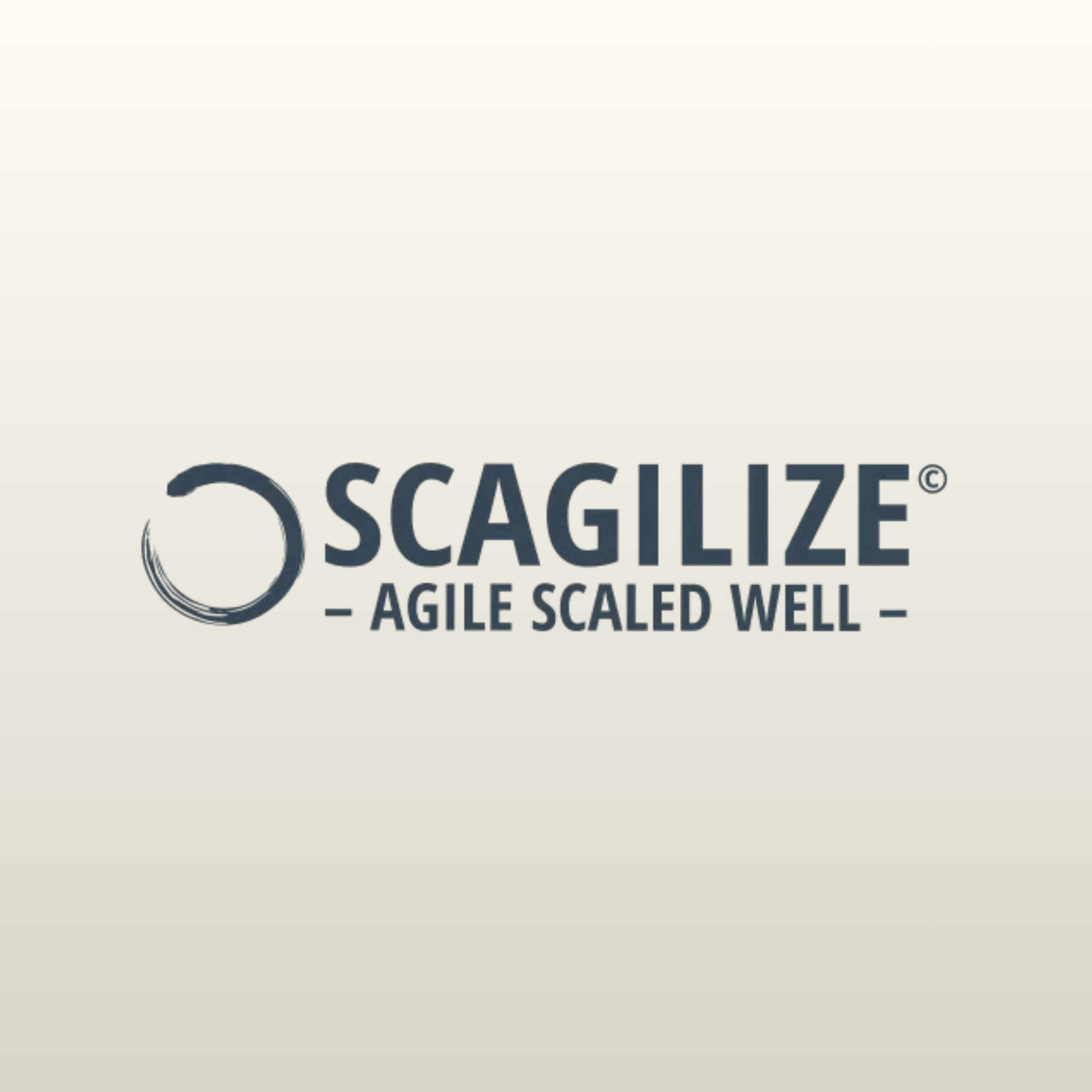Your entire risk management approach boils down to three starting questions:
- What are you aiming to achieve?
- What's important for you?
- How willing are you to pay for it? (money, time, effort)
If your risk management doesn't support you in these, you're doing compliance theatre, not decision support.
The Speed vs. Assurance Paradox
Here's the tension: organizations demand "value at speed" but still want assurance. The problem? Nobody's asking what level of assurance we actually need at that speed.
On one hand, businesses move in daily sprints and continuous deployment cycles. On the other hand, risk frameworks operate on quarterly reviews and annual assessments. This mismatch isn't just inefficient; it's making risk management irrelevant to actual decision-making.
Everyone's Already a Risk Manager (They Just Don't Know It)
The insight that "everyone is a risk manager on a daily basis" challenges the entire risk management profession. This might be disturbing to some risk managers (it questions what makes their expertise special), while others might find it obvious (they've always known risk decisions happen everywhere). Developers deciding between quick fixes and technical debt? Risk management. Product owners prioritizing features? Risk management. We all own our own risks.
If we drop the risk terminology and focus on what people already do, we tend to get better data and higher value from our risk work. Do we really need to talk about Risk Appetite, Residual Risk Values and Key Risk Indicators? Maybe we would all benefit from using the language already there. Not even the GRC-community can decide on a common language; Risk managers usually talk about uncertainties and likelihood, Compliance about requirements and obligations and Security tend to talk about threats and vulnerabilities. A server outage is a 'threat' to Security, 'non-compliance' to Compliance (if it violates SLAs), and 'uncertainty affecting objectives' to Risk. Same incident, three languages, no wonder we can't align. Shouldn't it all contribute to the same? Increase your chances of achieving what you aim for, including keeping what's important safe.
The Data Paradox: More Isn't Better Unless It's Contextualized
"More people reporting, resulting in fewer blind spots" sounds logical, but raw data volume isn't the answer. The real challenge: contextualizing information for the right role at the right time.
A developer needs different risk intelligence than a board member. Same underlying data, sliced differently. This isn't about building massive GRC platforms for the few - it's about embedding lightweight risk intelligence where decisions actually happen.
Start Small, Learn Fast. Scale What Works
Once and for all, let us learn from the wisdom of "start small and learn, don't do all at same time" - yes it contradicts how most GRC implementations work. Organizations buy enterprise platforms, spend years on rollouts, then wonder why adoption fails.
Instead: Pick one decision point. Add risk intelligence there. Make it frictionless. Learn what works and what needs improvements. Then iterate.
Bottom Line
At the end of the day, somebody needs to enter the data. If that process isn't easy and frictionless, embedded where work already happens, you'll get compliance theatre instead of risk intelligence.
The organizations succeeding aren't the ones with the most sophisticated risk frameworks. They're the ones who've figured out how to make risk management invisible - built into how work gets done, supporting the three questions that actually matter, supporting decisions.
Stop building risk management. Start supporting decisions.
Interested in a demo or learning more? Contact us to explore how Nooga Risk can fit right into your tools and processes and support you with faster, smarter decisions.
About the Author:
Sofie Sandberg is a Product Manager at Nooga building Nooga Risk, a tool that embeds risk intelligence directly into business decisions. As a Certified Internal Auditor with deep expertise in risk management, internal controls, business continuity, and information security, she combines this foundation with knowledge of the SAFe framework and agile methodologies to close the gap from board to operations and from GRC functions to development teams.
With experience spanning tech, financial services, and consumer goods, in operational roles, leadership positions, and consulting, she's seen how risk management fails when it operates outside the rhythm of actual business. She's also seen the real business value when it successfully supports decisions from strategic direction to operational and daily choices.



.png)



